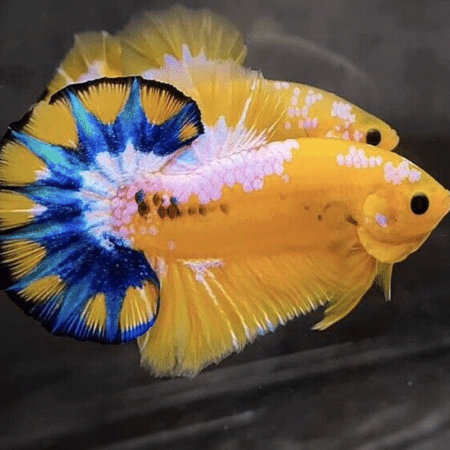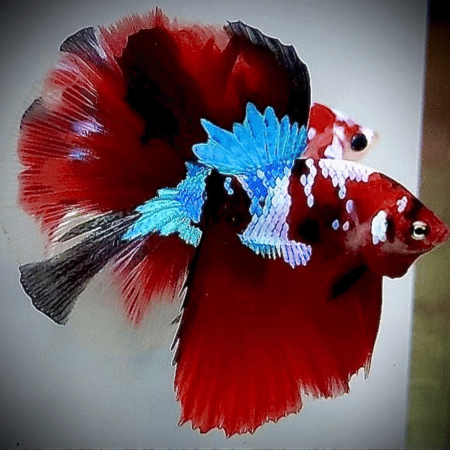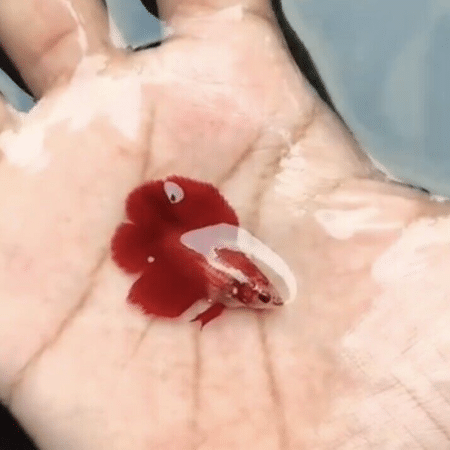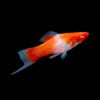-
×
-
×
-
×
-
×
-
×
-
×
-
×
Golden Eyes Vampire Crab - Geosesarma Sp. - Decapod Crustacean 2 × £8.71
-
×
-
×
Assorted Colour Vampire Crab Geosesarma Sp 2-3Cm 2 × £8.71
-
×
-
×
-
×
Subtotal: £490.63







 Golden Eyes Vampire Crab - Geosesarma Sp. - Decapod Crustacean
Golden Eyes Vampire Crab - Geosesarma Sp. - Decapod Crustacean 
 Assorted Colour Vampire Crab Geosesarma Sp 2-3Cm
Assorted Colour Vampire Crab Geosesarma Sp 2-3Cm 













Emma Dawson (verified owner) –
I recently purchased 10 Red Swordtails, and I couldn’t be happier! These gorgeous freshwater fish have brought so much life to my aquarium. They arrived in excellent condition, thanks to the careful packaging, and after a week of acclimatization, they quickly settled in and began exploring their new home. Their vibrant colors are stunning, and I love watching them interact with each other. Compared to some other livebearers I’ve tried, these Swordtails are much more active and social, which adds to the overall excitement of my tank.
I’ve noticed they enjoy swimming among the plants I’ve added, and they seem to thrive in the slightly warmer water I maintain. As a caring fish parent, I appreciate that they’re relatively easy to care for, making them perfect for both beginners and experienced aquarists alike. My only minor concern is that they can be a bit nippy with each other during feeding time, but it’s nothing too troubling. Overall, I highly recommend these tropical fish to anyone looking to enhance their aquarium with lively and beautiful additions!
Emily Carter (verified owner) –
I recently purchased the 10 X Red Swordtails, and I couldn’t be happier! These little beauties have completely transformed my community tank. After a week of acclimatization, they settled in wonderfully and quickly became the stars of the show. Their striking red color and graceful swimming patterns have captivated everyone who visits.
As a caring fish parent, I prioritize the health and happiness of my aquatic friends. I was pleasantly surprised by how adaptable these fish are—they’ve thrived alongside my guppy fish and platies without any issues. I appreciate that they are livebearers, adding a bit of excitement to the tank with the potential for fry!
Shipping was prompt, and they arrived in excellent condition, thanks to careful packing. One minor concern is that they can be a bit nippy during feeding time, so I recommend having plenty of hiding spots available for the smaller fish. Overall, I highly recommend these swordtails to anyone, especially beginners looking to enhance their aquatic experience. They’re beautiful, hardy, and perfect for a community tank!